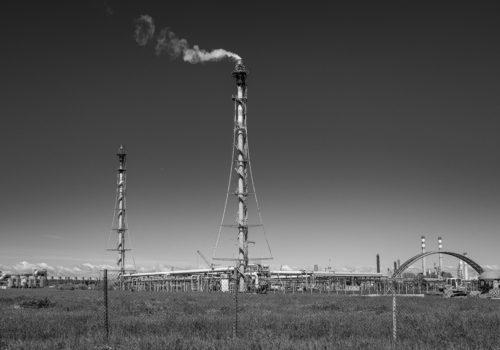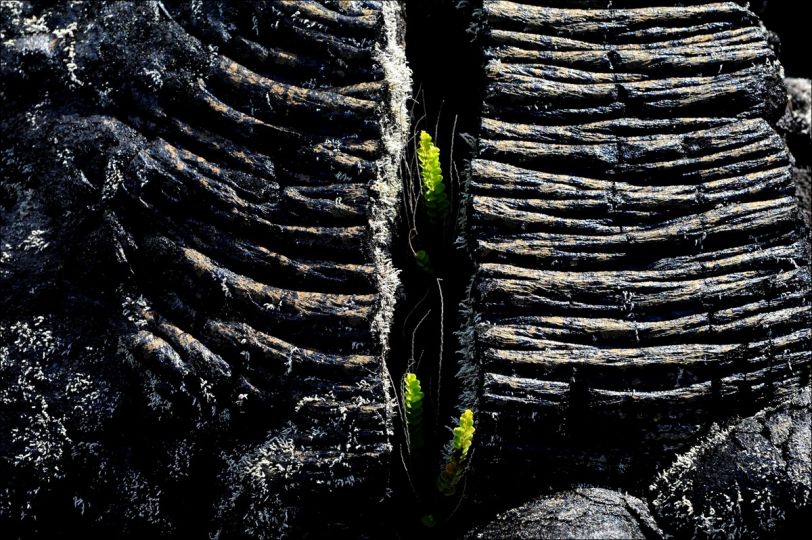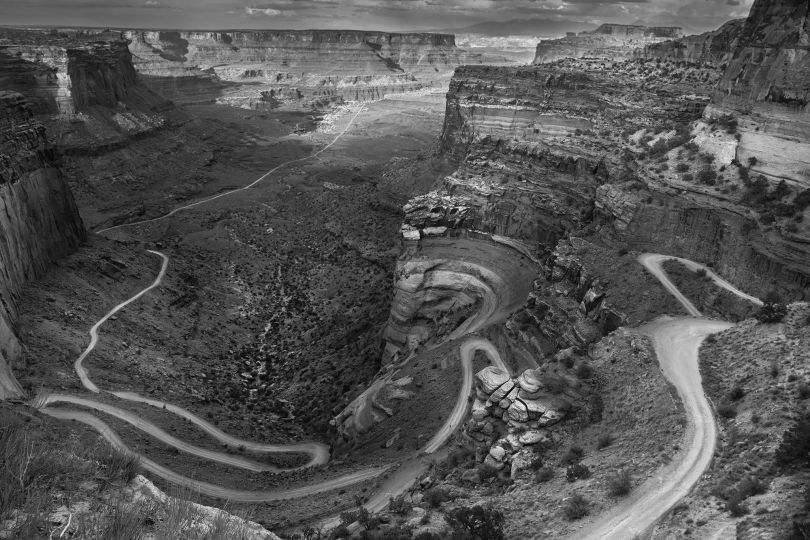Marghera
Known for vicissitudes related in particular to the Petrolchimico plant, Marghera is the industrial area of beautiful Venice.
The history of the place is rather controversial, made up of industrial settlements and residential quarters for the workers of the same industries.
The origins of the industrial settlement date back to the period of the First World War and the following post-war period, when a plan was set up for production, metallurgical, chemical and oil settlements on the calmest edge of the lagoon.
After the Second World War, a second industrial area arose largely on areas removed from the lagoon by burying or raising the ground level, using waste and scraps from industrial processing and materials from the excavation of canals. It housed petrochemical production, refractory and precision carpentry, power plants, and edible oil refineries.
In recent decades, although the corporate structures of the large companies present in Marghera have changed, companies linked to the processing of oil and its derivatives, fertilisers, metals and chemicals have continued their activities.
However, the changes in production structures, with the consequent company closures and/or restructuring, changes in industrial processes and the contraction of research and development activities, have led to a substantial drop in employment.
Mine is a vision of what remains of a post-industrial Marghera, where man no longer exists:
There is a stark silence,
in the factories.
The buildings, subdued,
rest, surrender.
Dust settles on the hot concrete,
the fences describe cages,
in which structures are confined like animals in a zoo.
The wind is now the only presence,
banging metal sheets and whistling over the rafters,
the dull skeletons of factories,
which seem to growl.
They stand as witnesses to the void,
that man once lived there.
Stefano Gili
















